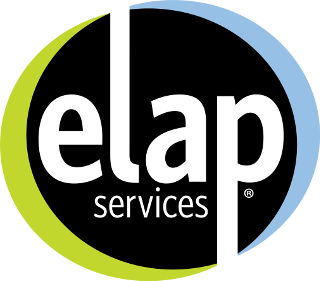Auto dealers must consider alternative pricing models as the cost to provide employee health care continues to grow.
In the auto industry, sales are king. You know how to hit your sales goals, because they can make or break your business. But if you are only focused on sales and gross profit, you might be missing out on an important aspect of your business affecting your bottom line: managing your operational expenses. With expenses rising faster than revenue, dealers need to evaluate operational costs in order to be competitive.
Rent and advertising costs will always be a large part of any auto dealer’s budget, but it may or may not surprise you to learn that health care for your employees ranks as one of the biggest expenses your dealership has.
Most dealers only look at this expense during open enrollment season. Paying attention to your health care costs all year long is the best way to evaluate all your options and make informed decisions well in advance of next year’s health plan. The new year is a great time to take the first steps to better manage your health care expenses.
When Health Care Isn’t Healthy for Your Business
At companies with 200 or more workers, the average annual premium for a family is more than $19,000. Employers shoulder nearly three-quarters of that cost. That contribution equates to nearly $14,000 for each employee, which quickly adds up.
Worse yet, that number isn’t going down. Year after year, health care costs rise. And even though they would like to control costs, many dealers see health care as a line-item expense that they have little control over and no good options for reducing.
In an attempt to reduce some of the cost burden, you may be left with no choice but to select health plans that encourage employees to shoulder high deductibles. This trend unfortunately shifts more costs to employees and is reaching its tipping point. Employees cannot handle this weight any more than their employers.
For years, the health care conversation has focused on who is paying for which part of the health plan, but the real question is this: What is the actual cost of these medical services — and why are they so high?
The Secret World of Health Care Pricing
Imagine telling a customer you’d give them a 40% discount off a car, but you can’t tell them the sticker price. Questions would abound. Interestingly enough, the current health care system is shrouded in mystery, and many employers are left in the dark as to why the costs of medical procedures are so high.
Traditional preferred provider organization (PPO) health plans keep this information close to the vest. They offer “discounts” off medical services without disclosing the actual cost. Facilities may charge a wide variety of prices without disclosing the basis for their charges. This perfect storm would make any employer wonder what the cost of procedures are and whether their discount is valuable at all.
Consider this hypothetical example: Your F&I manager, Joe, needs to get a CT scan after a fall. One hospital in your area charges $1,000 for a CT scan that only costs them $175 to perform. Another facility in the area charges $4,000. If your PPO assures you that health plan receives 40% off the charges from either hospital, is this still a valuable cost savings if Joe visits the second hospital? And even if Joe visits the first hospital, are you happy to pay over 340% markup for this test alone?
Start Paying What’s Fair
The good news is that there is a way to unveil the health care system mystery and know what hospitals charge and what is a fair price to pay for medical services.
Reference-based pricing, also known as metric-based pricing, is a line-by-line assessment of medical claims and repricing of the claims based on the provider’s actual cost to deliver the service — information that hospitals are required to report — or by utilizing Medicare cost data as a benchmark. This model allows for absolute clarity surrounding health care costs, and an employer knows and pays a fair and reasonable price for each and every medical service.
Auto dealers who use reference-based pricing stand to save significantly on their health care spend in comparison to PPO discounts. With the help of a partner, employers pay their health care bills understanding what they are being charged for a medical service and paying the provider a fair profit.
On average, you can expect your annual health plan spend to be reduced by as much as 30% in the first year of adopting this model, which can be passed on to employees or invested back into your dealership.
You may be surprised to learn that making the switch from a traditional health plan to pay for health care using reference-based pricing could be transformative for your business. Closely monitoring and making changes to your overall expenses can be a tremendous benefit, allowing you to invest funds back into your business, hire new employees or even help reduce your employees’ health care cost share.
Take a look at your line items. Finding a viable alternative solution for your health care costs makes good business sense, and it’s a win-win situation for your dealership.
Blog
Explore the latest insights, articles and thought leadership from the health insurance experts at ELAP Services.








